Throughout history, human cultures have used color in symbolic and meaningful ways. Among these, the use of red pigment in ancient burials stands out, weaving a tale that connects disparate epochs and cultures. Two intriguing archaeological finds—the Red Princess of China and the Red Lady of Paviland—offer a rich tapestry of mystery and cultural significance, centered around the captivating hue of red.
The Enigma of the Red Princess of China
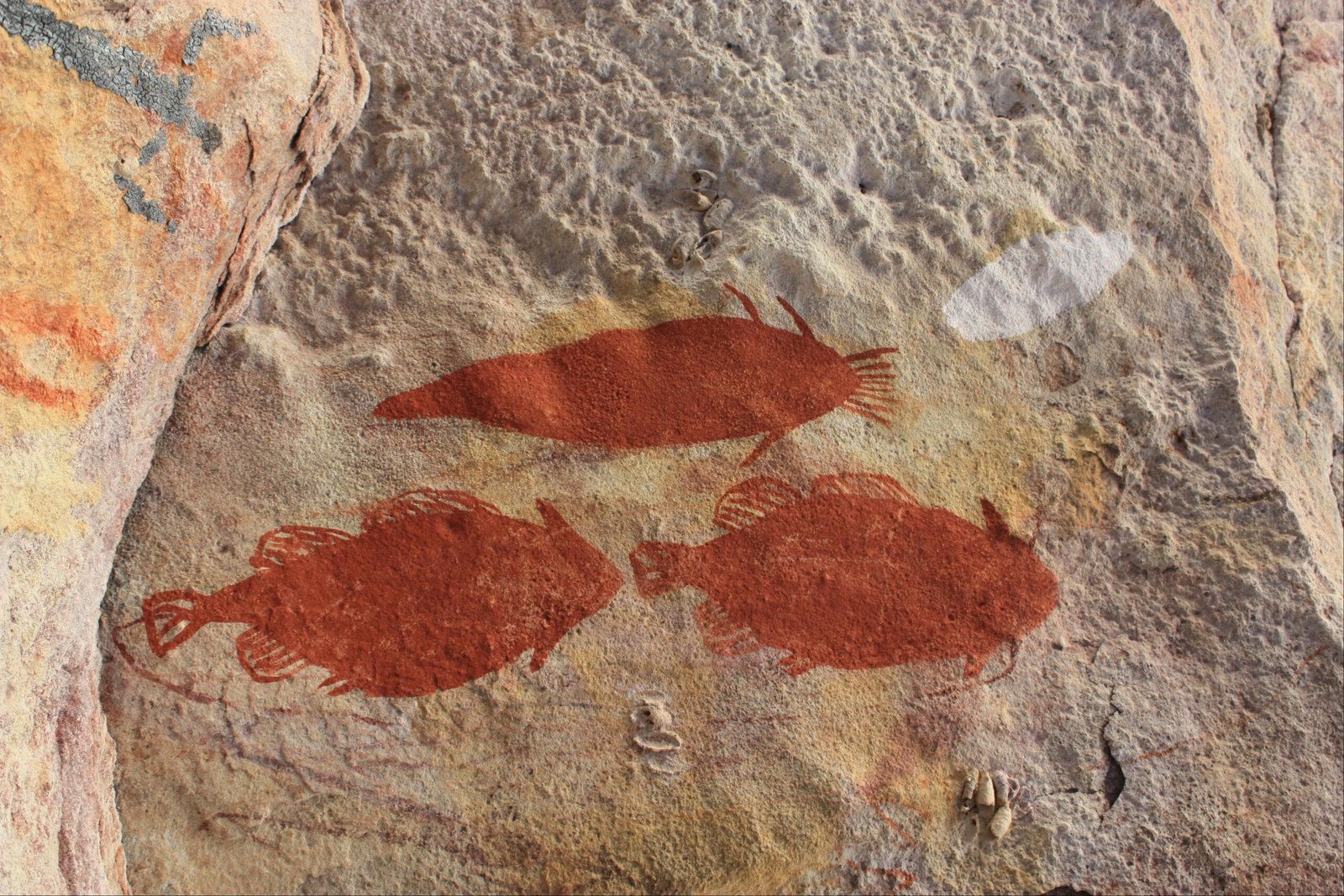
The Red Princess of China is a captivating archaeological discovery that hails from the Han Dynasty, approximately 2,000 years ago. This burial site, unearthed in the Jiangxi Province, revealed the remains of a noblewoman adorned with red ochre pigments. The presence of such pigments in her tomb has puzzled historians and archaeologists alike. Red ochre, a mineral pigment, has been used throughout human history for its vibrant and enduring color. Its application in this burial suggests a deep cultural significance, possibly indicating the woman’s status, beliefs about the afterlife, or a protective measure against malevolent spirits.
The Mysterious Red Lady of Paviland
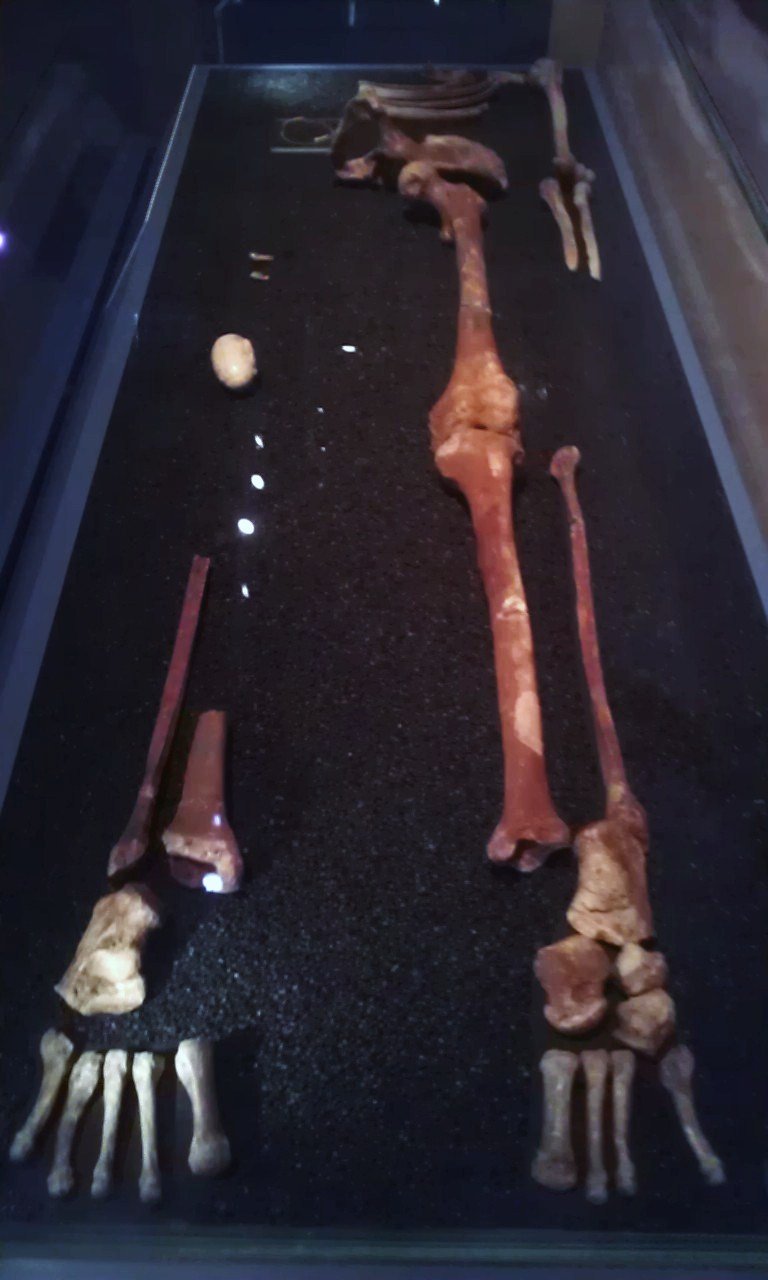
In stark contrast yet intriguingly similar is the Red Lady of Paviland, an ancient burial site located in Wales. Despite the name, the “Red Lady” is actually a young man, interred around 33,000 years ago during the Upper Paleolithic period. His skeleton was stained with red ochre, a ritualistic practice that sparks curiosity about the symbolic meanings attached to this color. The use of red pigment in his burial may have been intended to symbolize life, blood, or a connection to the spiritual world. The Red Lady of Paviland stands as one of the oldest ceremonial burials ever discovered in Western Europe, offering a glimpse into the rich spiritual life of early humans.
The Symbolism of Red Ochre in Ancient Cultures
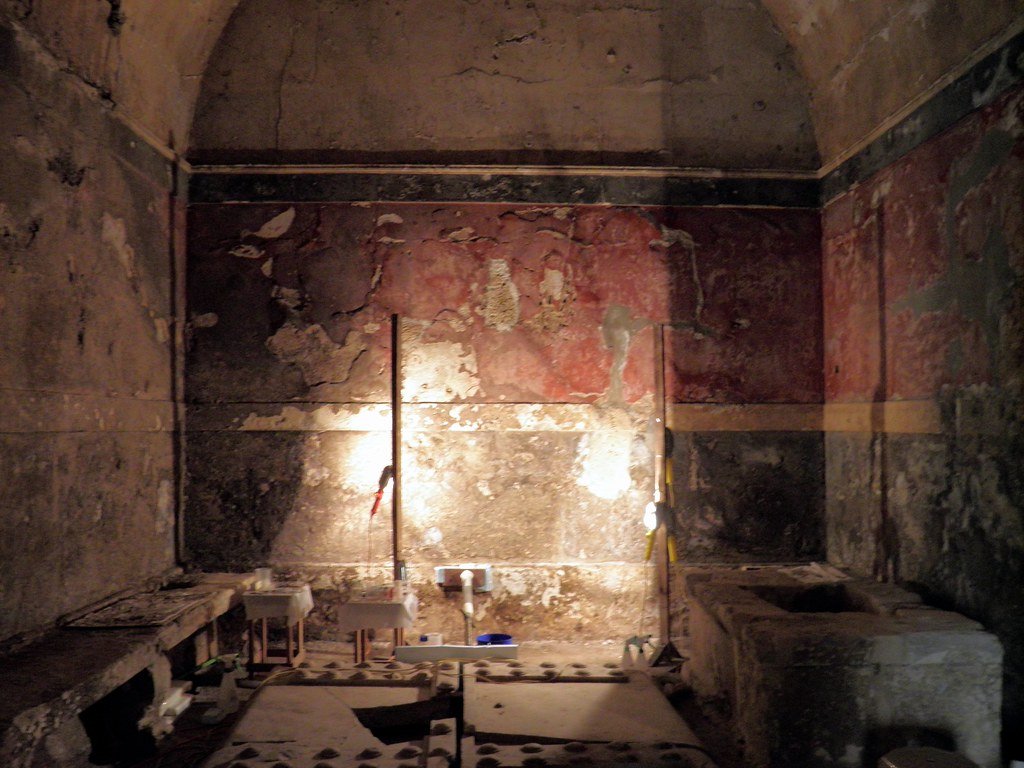
Red ochre’s ubiquity in ancient burials is no accident. Across cultures, red has symbolized life, fertility, power, and rebirth. The color red, resembling blood, holds a primal connection to life itself. In many ancient societies, red ochre was believed to contain protective properties, warding off evil and ensuring safe passage to the afterlife. The application of red ochre in burials such as those of the Red Princess and the Red Lady highlights a shared human inclination to ascribe profound spiritual significance to this vibrant hue.
Scientific Insights into the Use of Red Pigments
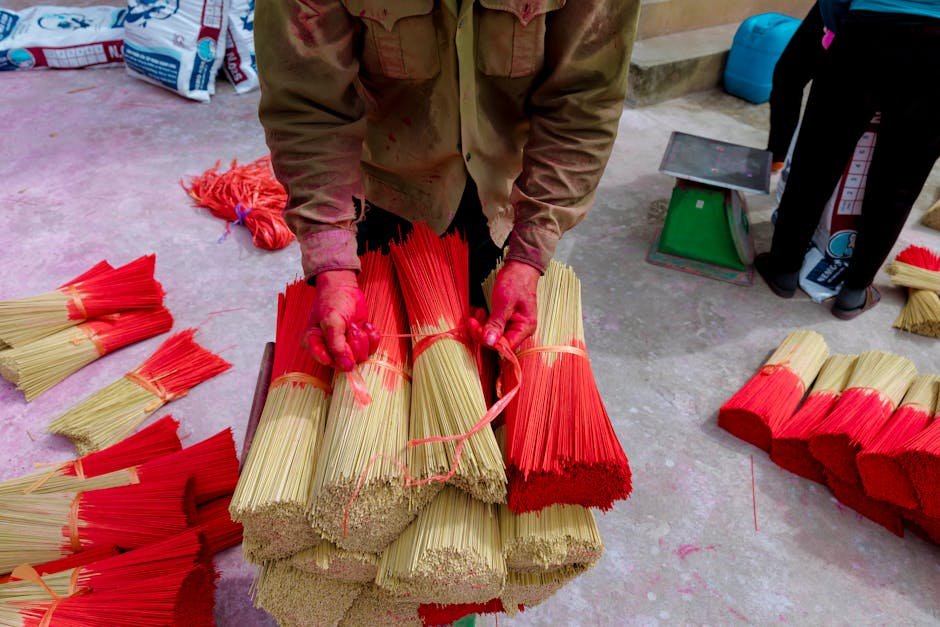
The use of red pigments in ancient burials is not merely symbolic; it is also a testament to early human innovation. Red ochre is composed of iron oxide, which is abundant in nature and can be transformed into a fine powder. The process of mining, grinding, and applying red ochre required knowledge and skill, indicating a complex understanding of material science. Archaeologists have discovered tools associated with ochre processing, revealing the sophisticated techniques employed by ancient peoples to harness this pigment’s vibrant potential.
Cultural Parallels: East Meets West
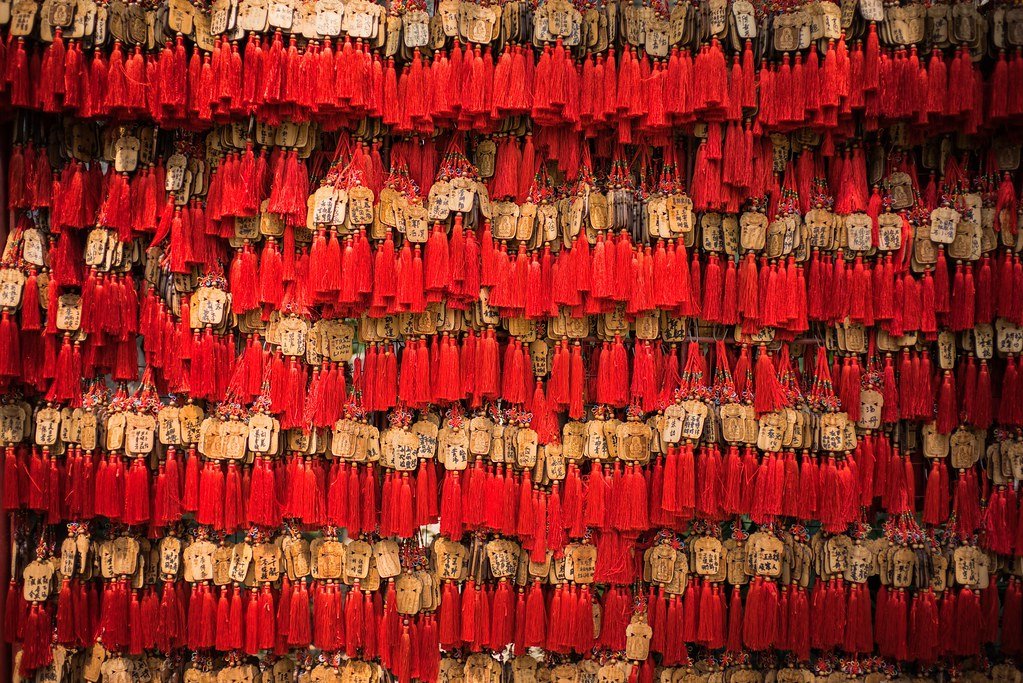
The Red Princess of China and the Red Lady of Paviland, though separated by continents and millennia, share a common thread in their use of red pigment. This cultural parallel suggests a universal human expression that transcends time and geography. While their exact meanings may differ—perhaps signifying nobility in China and spiritual passage in Europe—the use of red ochre in these burials underscores a shared human experience. It speaks to the innate human desire to connect with the unknown, to honor the dead, and to imbue life with color and meaning.
Interpreting the Red Pigment: A Window into the Past
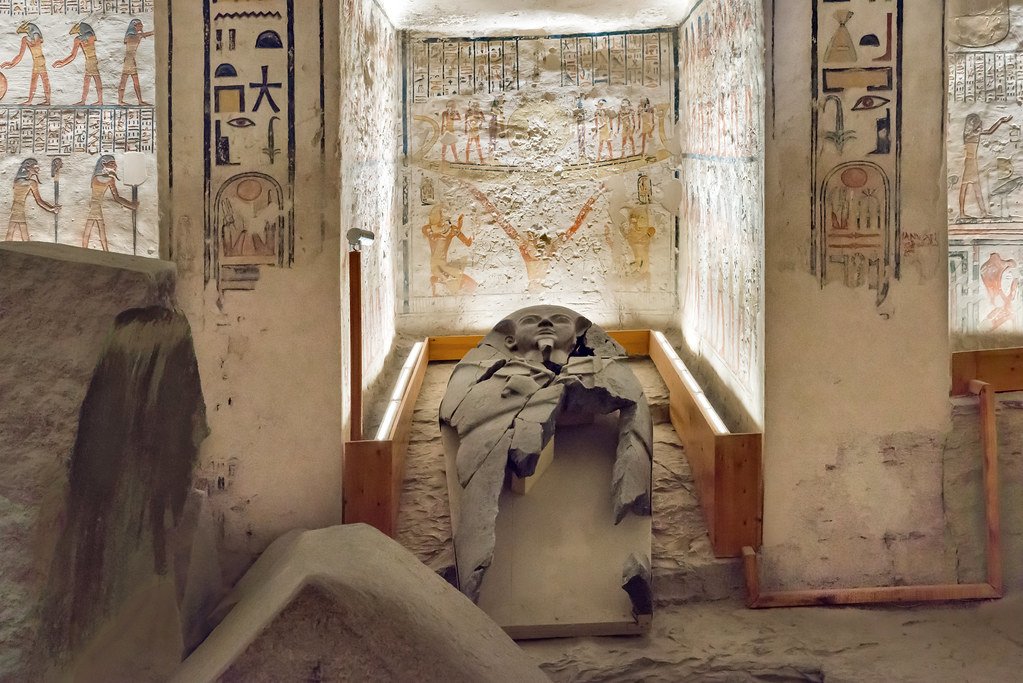
Understanding the significance of red pigment in ancient burials requires a multidisciplinary approach, blending archaeology, anthropology, and art history. By examining burial contexts, researchers can glean insights into societal structures, religious beliefs, and the symbolic language of color. The Red Princess and the Red Lady offer valuable case studies for exploring how ancient peoples interacted with their world and the cosmos. These burials invite us to ponder the role of ritual, symbolism, and identity in shaping human history.
The Ongoing Mystery of Ancient Burials
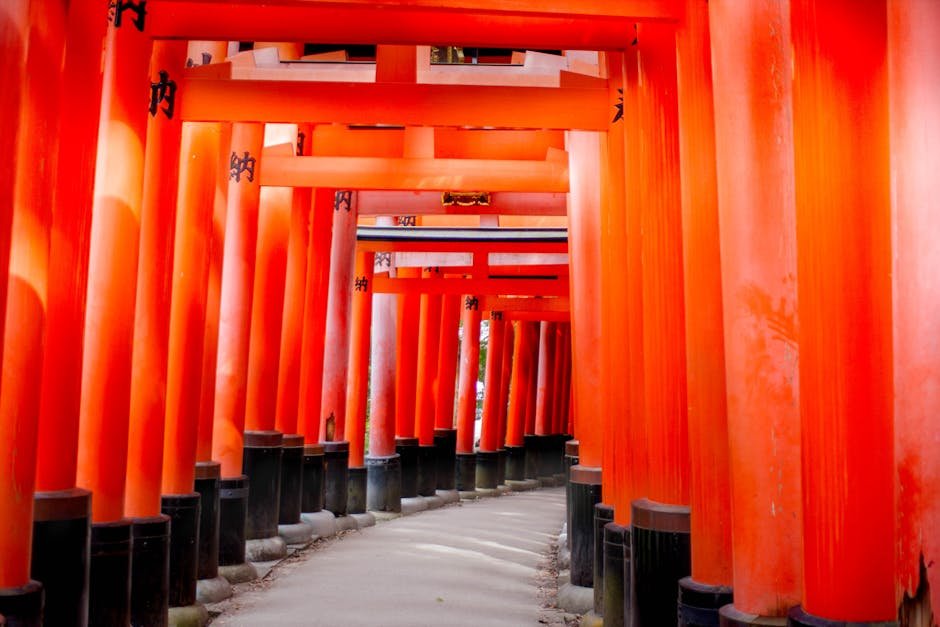
Despite advances in archaeological techniques, the use of red pigment in burials remains a tantalizing mystery. Each discovery adds another piece to the puzzle, but questions linger. What specific beliefs and rituals accompanied these burials? How did these practices evolve over time, and what do they reveal about the societies that created them? The Red Princess and the Red Lady continue to inspire curiosity and debate, urging us to delve deeper into the enigmatic world of our ancestors.
Modern Connections: Red in Contemporary Culture
The fascination with red pigment endures in modern culture, where red continues to evoke powerful emotions and symbolism. From red carpets to national flags, the color remains a potent symbol of status, passion, and vitality. In art and fashion, red is often used to draw attention and convey boldness. The enduring appeal of red across cultures suggests an intrinsic connection between this vibrant hue and the human psyche, bridging the ancient and the contemporary.
Exploring the Future of Archaeological Discoveries
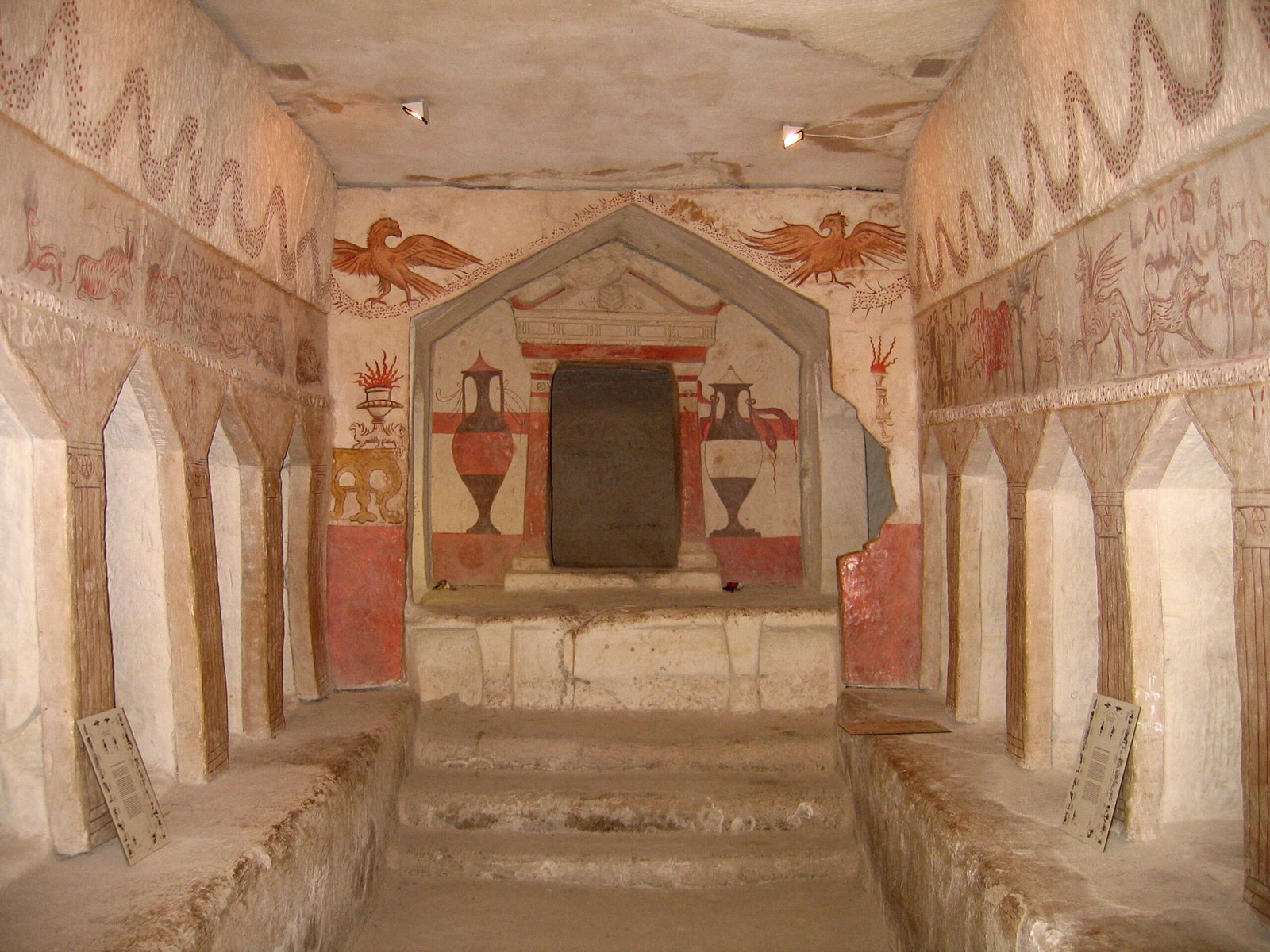
As technology advances, new methods of analysis promise to unlock further secrets of ancient burials. Techniques such as DNA analysis, radiocarbon dating, and isotopic studies provide unprecedented insights into the lives of our ancestors. Future discoveries may shed light on the enigmatic use of red pigment, offering fresh perspectives on ancient cultures and their beliefs. The Red Princess and the Red Lady stand as beacons, guiding researchers on a quest to unravel the mysteries of the past.
The Legacy of Red Pigment in Human History
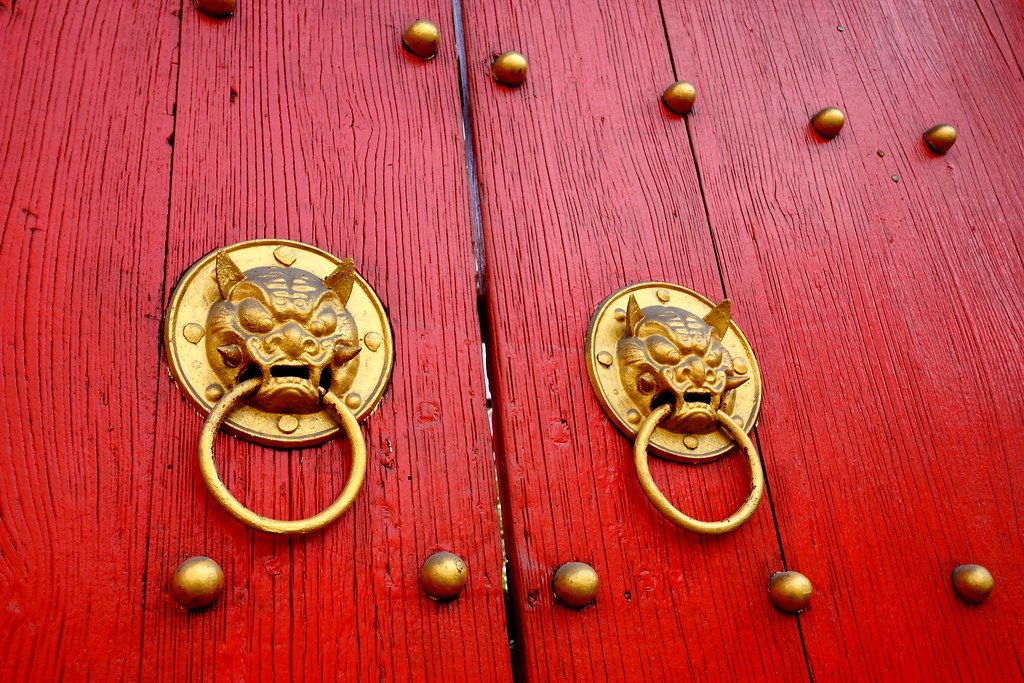
The stories of the Red Princess of China and the Red Lady of Paviland remind us of the enduring legacy of red pigment in human history. These burials, rich in color and symbolism, offer a window into the complex tapestry of human culture. They challenge us to consider the ways in which color shapes our understanding of the world and our place within it. As we continue to explore the mysteries of the past, the vibrant hue of red remains a powerful symbol of life, death, and the eternal human quest for meaning.




